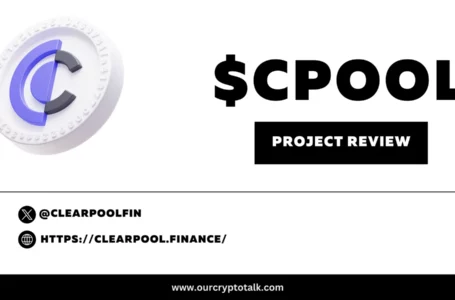
Centralized hosting and cloud computation platforms become dangerous roadblocks for Web3 progress
Yesterday, Hetzner, a top-tier website hosting platform, made headlines: its representatives highlighted that using its servers for crypto-related tasks is prohibited. Here is how the global crypto community reacts to this statement, and which blockchains are at risk.
Is Hetzner actually banning blockchain nodes?
According to a statement shared by Hetzner representatives on Reddit, Hetzner hardware should not be used for operations somehow related to cryptocurrencies.
This includes both proof-of-stake and proof-of-work blockchains. That is, Hetzner hardware should not be used to run blockchain nodes, trading platforms, produce farm applications, and mining equipment.
The global cryptocurrency community was enraged by Hetzner’s statement. Many Web3 enthusiasts are deeply concerned by the fact that the largest smart contract platform heavily depends on a centralized website hosting platform.
However, some speakers claimed that the problem may have been underestimated. Veteran crypto engineer and researcher Mikko Ohtama said this restriction only covers virtual servers and has nothing to do with the Hetzner client’s physical servers.
VPS are not suitable for mining or PoS in the first place. From energy usage point of view I understand mining ban. Plus you want to use colocation to run your node on NVM disks any case. Sounds like a nothing burger. (…) Also Hetzner specifically mentions colocation (physical servers) is ok. So it is not categorical ban.
According to various estimates, Hetzner may be responsible for 17% of Ethereum (ETH) nodes.
Not only Ethereum (ETH)
It seems that Ethereum (ETH) is very far from being the only blockchain that might be affected by Hetzner’s ban. Namely, Hetzner hosts over 35% of Solana (SOL) nodes.
12.2% of Avalanche (AVAX) nodes are also hosted by Hetzner. Amazon Web Services is another important centralized element of the Web3 infrastructure.
Amazon Web Services, or AWS, is responsible for 45% of the Avalanche (AVAX) ecosystem, 32% of Ethereum (ETH) nodes and almost 4% of Solana (SOL) nodes.


















